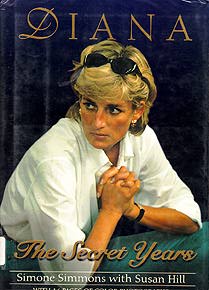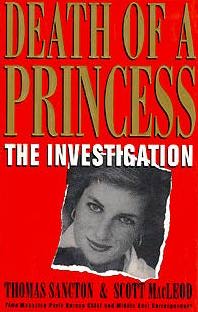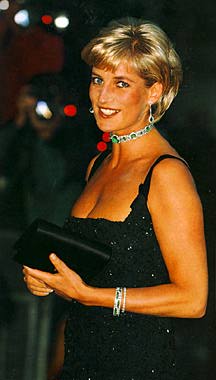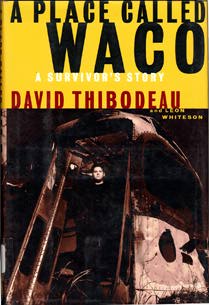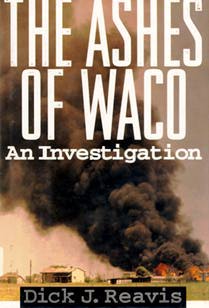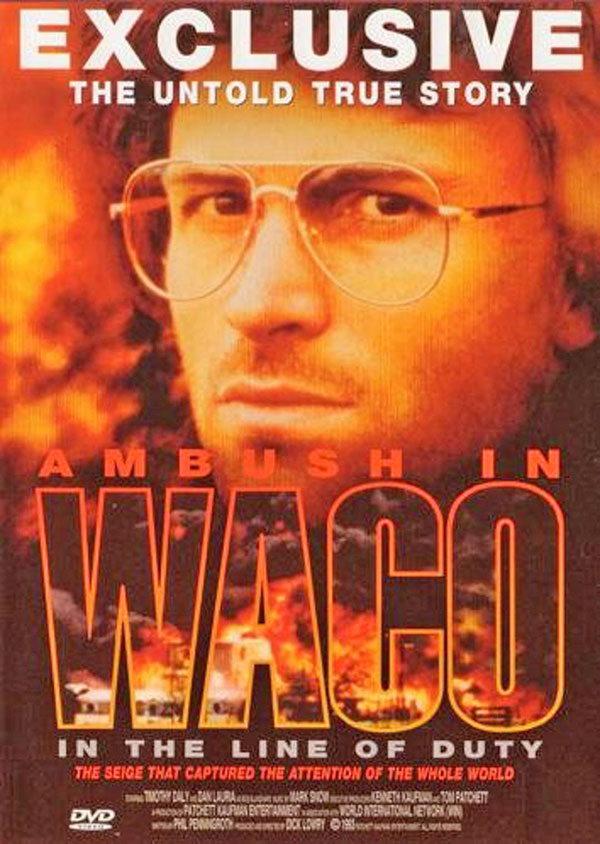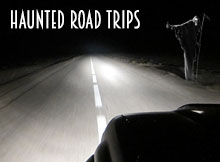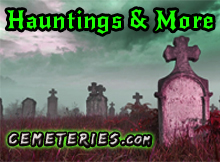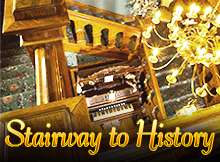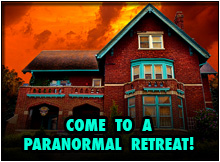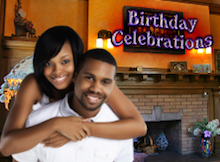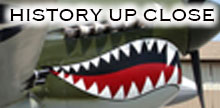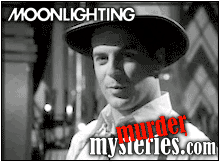Princess Diana's Death:
Introduction & Overview
CoverUps.com
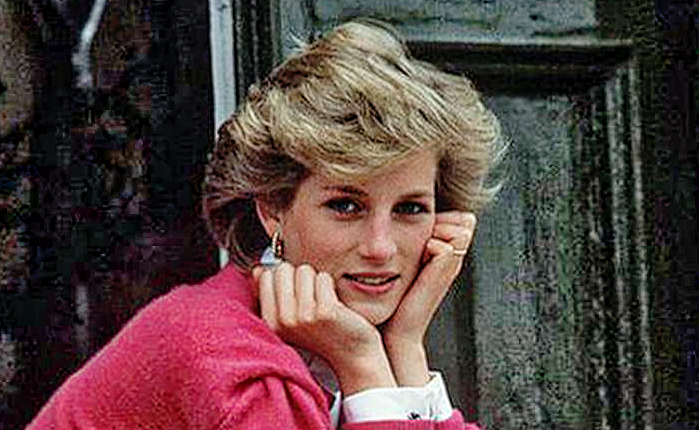
Princess Diana — first wife of Charles, Prince of Wales, and the mother of Prince William and Prince Harry. Her personal magnetism and glamour made her an international icon and earned her lasting popularity — but also unrelenting public scrutiny.
The Death Driver's Last Night *
Conspiracy Theories
The French Connection *
Photos
That Night — After the Crash *
Conclusion *
Still in the News
Ever since Princess Diana's tragic death on August 31, 1997, millions of words have been written and spoken about what really happened the night she died, and why.
Perhaps, not unlike the murder of JFK, we will never really know the whys and wherefores of that night. But to put things into perspective, let's take a look at it all the same.
WHAT HAPPENED THAT
NIGHT: THE ACCIDENT
At precisely 12:15 A.M. on Sunday, August 31, 1997, the security staff of the Ritz Hotel were alerted that their royal guests would be leaving.
Dodi and Diana were ready to depart through the rear entrance of the hotel. The green Range Rover and the decoy black Mercedes (the latter driven by the hotel's senior limousine driver) pulled out into the Place Vendome, circled the square, and returned to their parking spots. Photographers there were neutralized.
Simultaneously, the second black 1994 Mercedes S-280, with Henri Paul at the wheel and Trevor Rees-Jones in the passenger seat, sped away from the back of The Ritz; Dodi sat behind Paul and Diana was on Dodi's right, behind Rees-Jones. No-one wore seatbelts.
It was 12:20 when the car sped south on Rue Cambon, then sped along Rue de Rivoli, past the illuminated fountain and Egyptian obelisk of the Place de la Concorde.
By the time the Mercedes was hugging the Seine and approaching the underpass, the few pursuing paparazzi on their motorbikes had dropped well behind. Photographs of speeding cars (and their occupants) are notoriously difficult to take at night; besides, the windows of the Mercedes were heavily tinted. Nor did any of these men, as motivated as they were, wish to risk their lives by edging their bikes too close to a big heavy speeding vehicle.
Hence, the "Paparazzi killed Diana" theory is rubbish.
By the time Henri Paul and his passengers entered the Alma tunnel, the photographers were almost a quarter mile behind, their famous quarry still in sight but effectively out of camera range. The paparazzi also knew that at Dodi's apartment, other paparazzi, who'd already been alerted, would be ready and waiting for the royals.
Now another limousine driver entered the tunnel not far behind Paul, and this driver made a sworn statement about the fatal events that were about to explosively unfold. These events changed the course of countless lives and, it may be said without hyperbole, altered late-twentieth-century history. The driver's account was supported by police and later forensic investigations.
Paul entered the two-lane tunnel on the left, speeding at sixty to eighty miles an hour, which is not unusual in European cities. Then he found himself behind a slower vehicle. As careful as Paul might otherwise have been, it's easy to imagine Dodi urging him on: "Faster! Lose them! Go on!" — as friends and colleagues recalled he usually did. Life was a chase Dodi wanted to win, a game in which he wanted both to be in the limelight and in full possession of his privacy. Henri Paul, in other circumstances, might have been more cautious, but as Claude Luc would later say, Fayed employees always did what they were told — period.
Paul veered the Mercedes to the right to pass the car ahead of him in the left lane. But then he lost control, and the right rear of the Mercedes swerved into the right wall of the tunnel with a loud crash. Attempting a high-speed correction, Paul turned sharply left — and the Mercedes veered into one of the concrete pillars separating the lanes from oncoming traffic. The impact was deafening and catastrophic.
The car ricocheted, hurtling across the drive and spinning around before coming to a full stop, reduced to a mass of crushed steel. The front end telescoped into the engine, which in turn plowed through the driver's seat. Inside, Henri Paul and Dodi al-Fayed were killed instantly, their bodies hideously mangled. Trevor Rees-Jones was seriously injured. And Diana, Princess of Wales, was suddenly on the edge of death. It was 12:24 AM.
MORE DIANA PAGES...
PHOTOGRAPHS
Hover your mouse over the pictures below for captions.
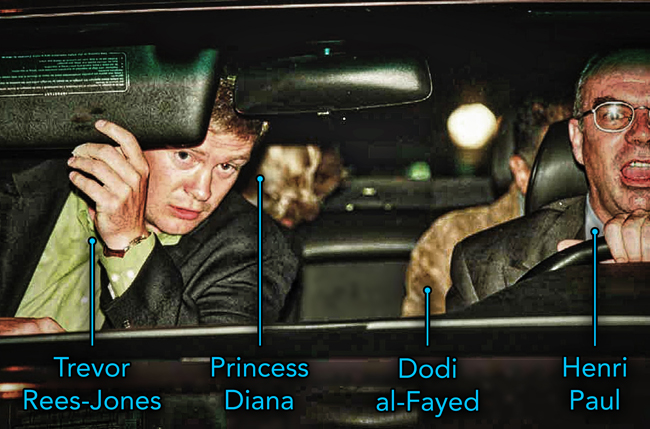
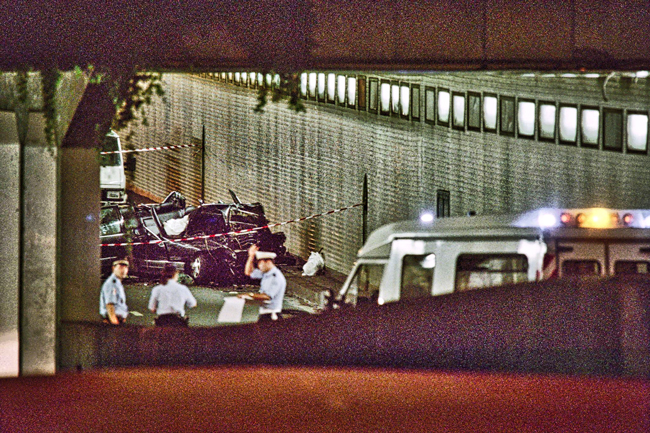
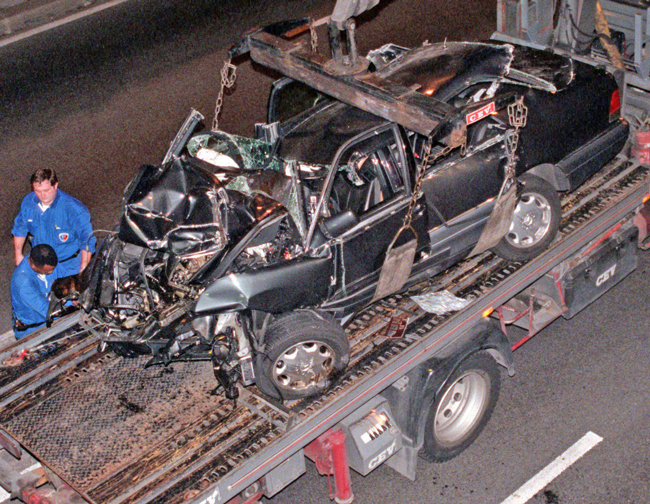
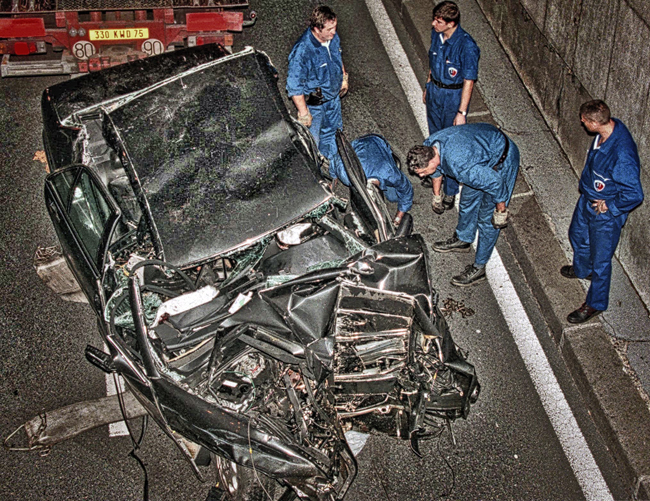
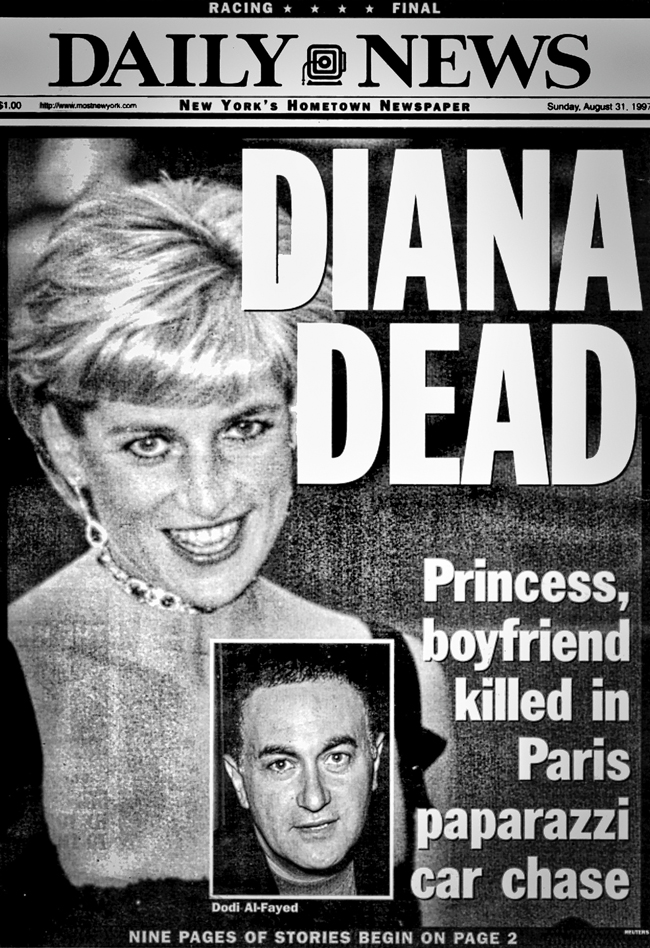
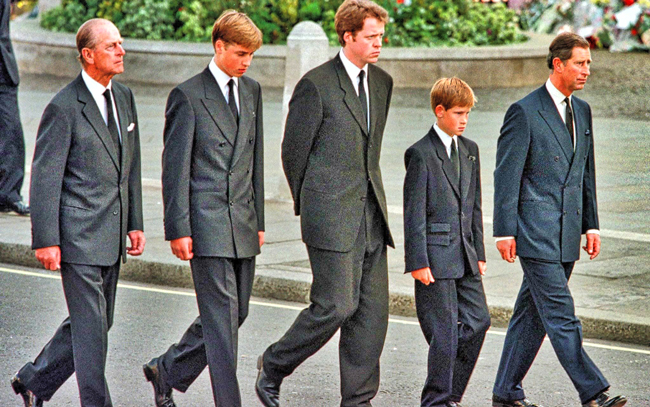
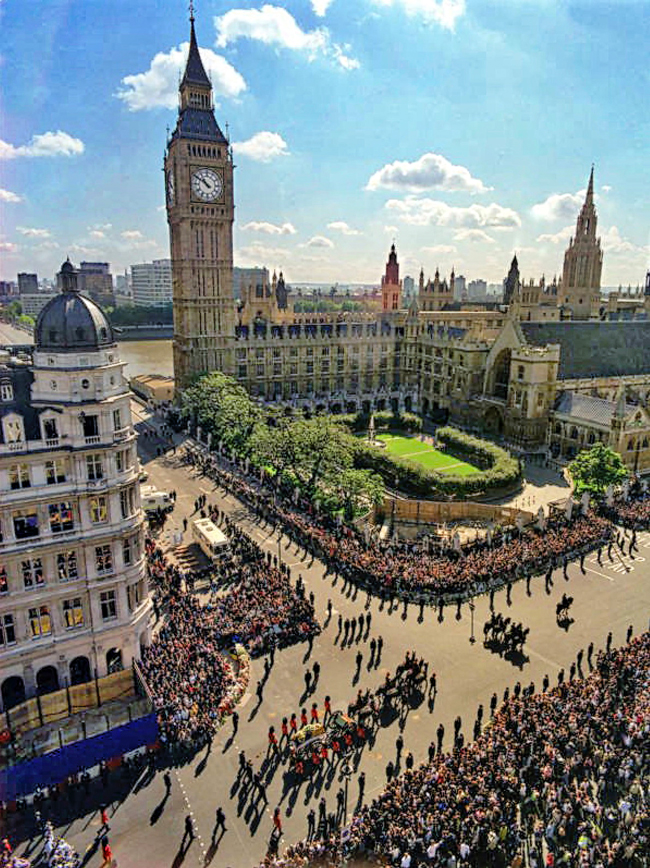
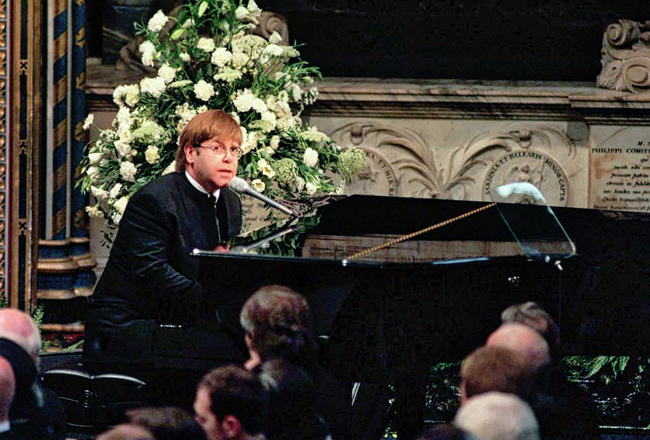
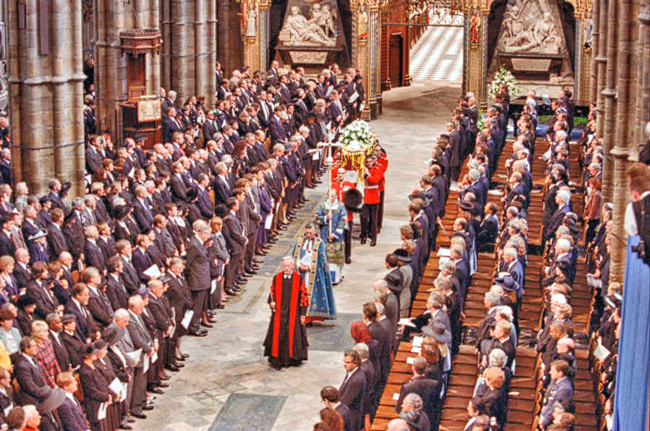
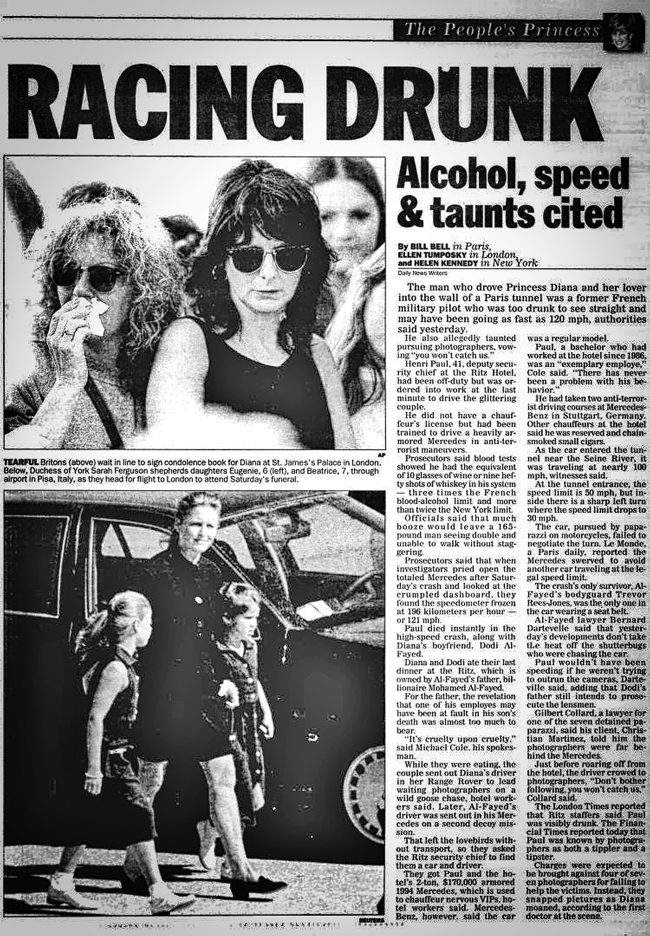
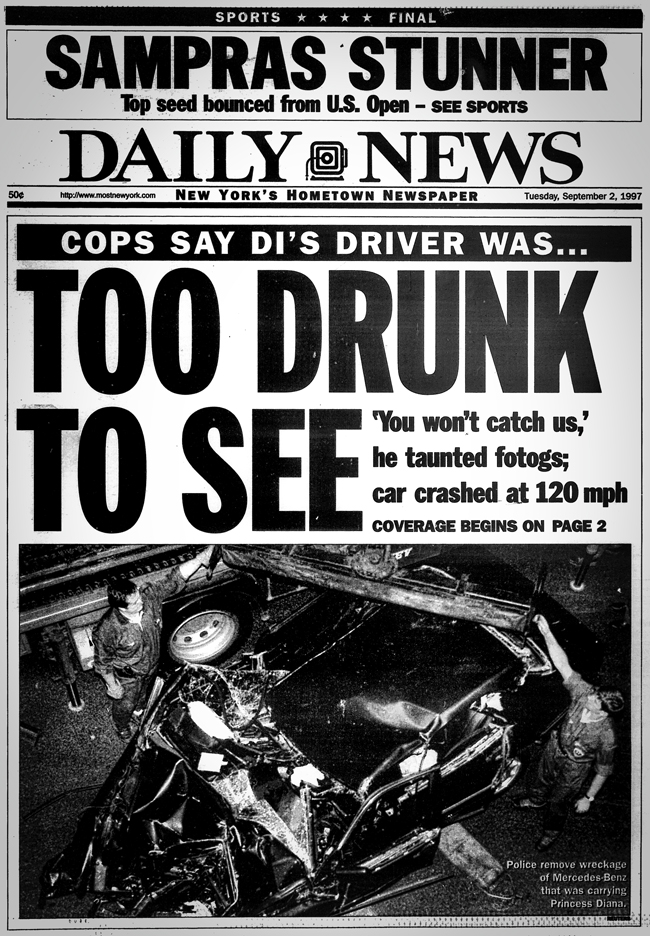
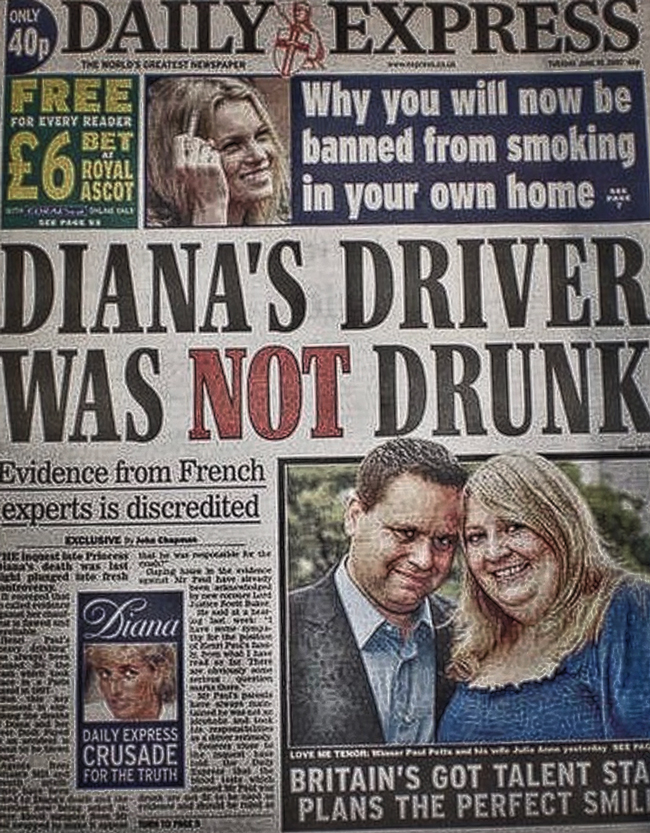
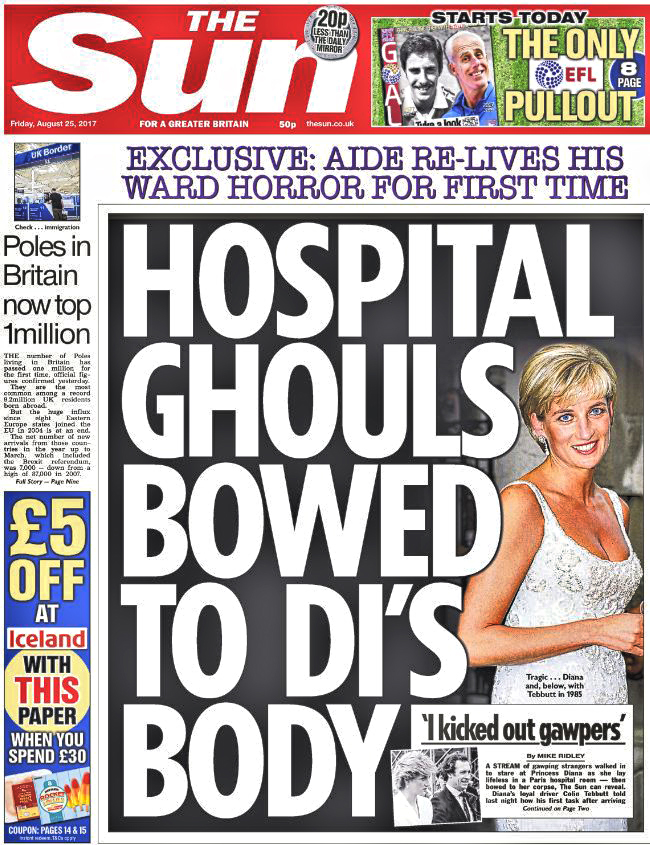
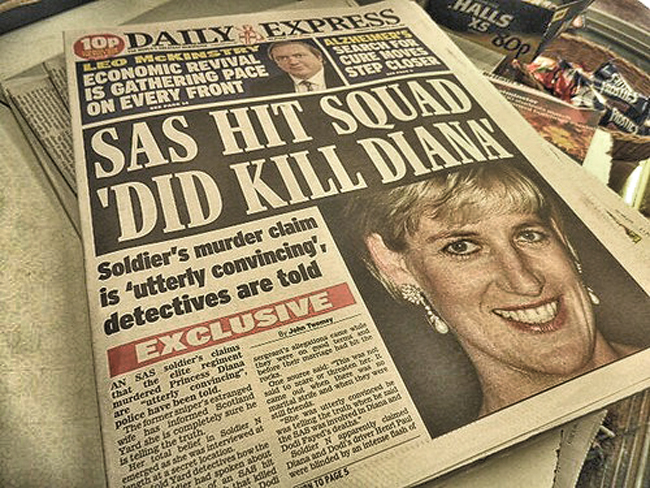
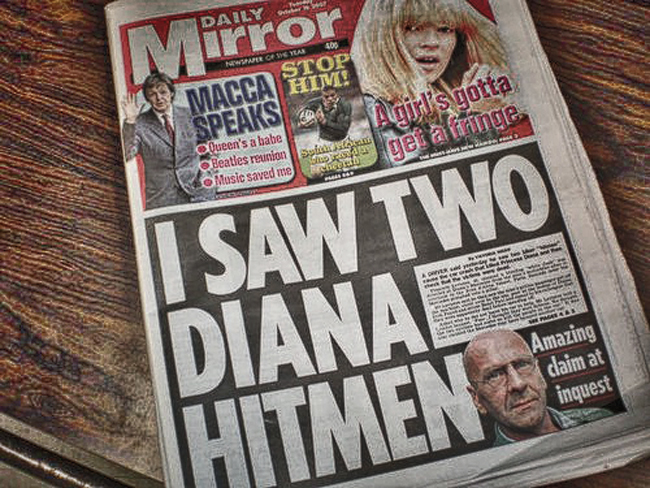
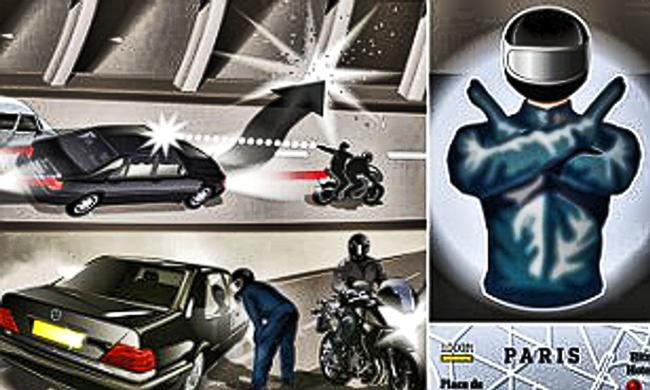
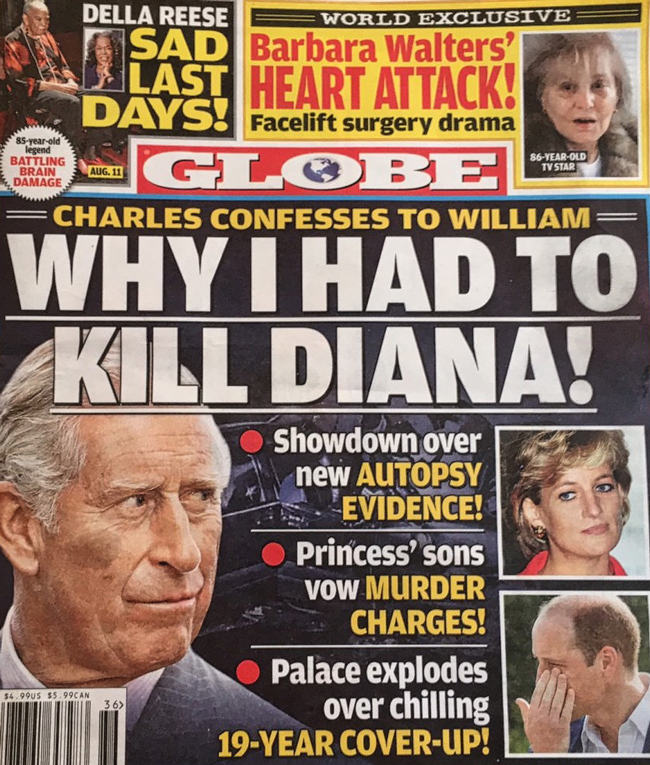
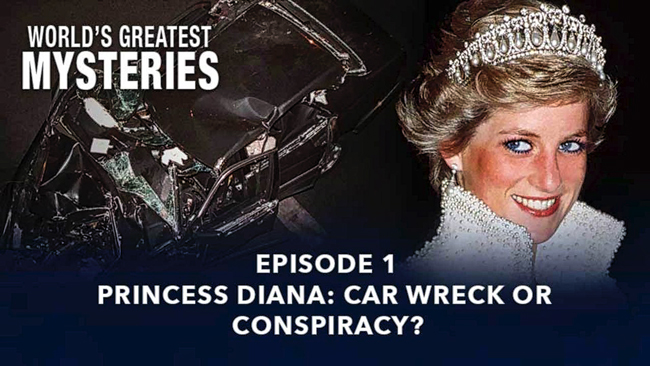
Copyright 1999 - 2019 The Web Network Inc All Rights Reserved
Great CoverUps *
Movie CoverUps
> PRINCESS DIANA IS STILL IN THE NEWS <
> ORDERED BY ??? <
ChristianMusic.com *
HauntedHouses.com *
MurderMysteries.com * ReceptionMansion.com
